 Back to selection
Back to selection
Thank Heaven for Seven: The Best of NewFest
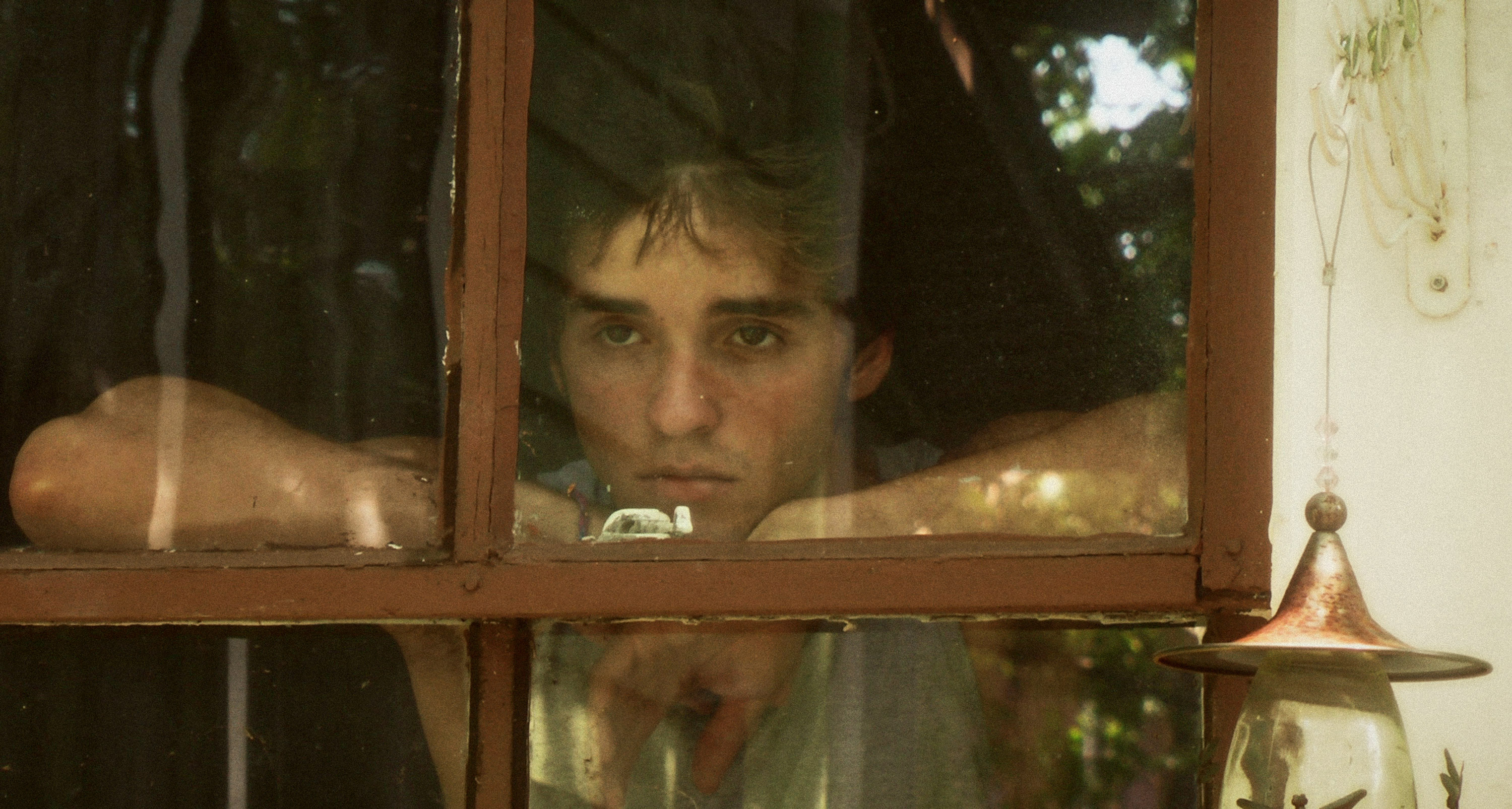 Last Summer
Last Summer This year marks the 25th anniversary of NewFest (September 6-11), kissin’ cousin of LA’s OutFest. Before the acronym LGBT became a more inclusive umbrella for groups stigmatized on account of sexual and gender preference, an earlier incarnation of a queer film event, The New York Gay Film Festival (1979-1987), was the only game in town. Founded by Peter Lowy, it took place at the Thalia cinema, then a film-buff paradise on the Upper West Side, and filled a huge gap for many of us. Distributors were fearful of gay-themed films. Of the selection, recurring topics included coming out and of course AIDS.
The task of showcasing queer cinema fell to the New Festival of Lesbian and Gay Films (the title changed several times), with its first edition taking place in 1989. In 2003 it adopted the diminutive NewFest, and subbed “LGBT” for “Lesbian and Gay.” The relationship with OutFest commenced in 2012 and will be cemented next year.
By the mid-‘90s, distributors became more adventurous, and some of them specialized in gay and lesbian titles for a recognized market. Companies holding the rights have the last say on whether “niche market” movies could play a gay and lesbian festival. They often feared it would limit crossover possibilities, or they might hope to show it at a festival that wouldn’t pigeonhole the film. Gay and lesbian festivals were sometimes unable to play some of the better films, even those by directors with whom they had a long relationship. This explains in part why the quality of selections had begun to deteriorate.
I served on the jury of the New Festival in the late ‘90s. We gave our prize to French director Francois Ozon’s first film, See the Sea (Regarde la mer), the non-sensationalized story of a lesbian serial killer. In my opinion, it was by far the most accomplished of the entries. At the closing ceremony, a large number of women booed the announcement. I was astonished. A festival insider looked at me as if I were from Mars. “Most of the films are programmed for gays and lesbians who come from outside the city and want to see positive images of themselves,” he explained.
Such a barometer invites mediocrity. Having watched a majority of the features in this year’s NewFest, I feel that gay and lesbian filmmakers and audiences have evolved, interested less in gratuitously whitewashing than depicting complex, credible characters. Add to that an attraction to alternative narratives and atmosphere as a revealing player.
The current edition, held once again in partnership with the Film Society of Lincoln Center, is comprised of 15 narrative features, four feature-length documentaries, and 31 shorts. It takes place at the Walter Reade Theater in Lincoln Center — returning to the Upper West Side from mostly downtown venues. Thankfully, most of the LGBT films have advanced far beyond the dull and predictable. Below, in preferential order, are seven of the feature-length movies, both fiction and non-fiction, which I find most intriguing and/or successful in achieving their directors’ visions. Not included is Malgoska Szumowska’s excellent Polish film In the Name Of…, the story of a closeted priest working with rough teenaged delinquents in a provincial town, which I’ll be reviewing here when it opens commercially in late October.
1. Last Summer, dir: Mark Thiedeman, US
A star is born — and I mean a director. Thiedeman has created a masterpiece. Clearly obsessed with unusual striking imagery, frequently fragments of household surfaces and natural objects, he trains his lens on two working-class teen lovers in rural Arkansas who have known each other since the age of four and are engaged in a monogamous relationship that is treated casually by the residents of a small town that has seen better times. Luke (Samuel Pettit, in top photo), who also narrates, is what his late mother called “a slow learner,” but he does excel in baseball and mechanics, like toying under the hood of his old car.
Boyfriend Jonah (Sean Rose) is the complementary other, a painter and bright student who is preparing to go off to college in September. (Both guys are stunning, but sex is not part of the director’s narrative strategy.) Luke stays behind; we know he’ll never leave. The magic of summer that Thiedeman and d.p. David Goodman capture so movingly takes on both beautiful and melancholy dimensions. We get to know the fellows more through ambiance and the way light and shadow fall upon them than exposition could convey. They bide their time biking, attending church, hiking, and wandering around old bridges. Sharing holds them together.
An overlay of Schumann and Beethoven contributes to the glory of the montage of static shots. The compositions gel nicely with natural sounds — birds chirping, dogs barking — that break the long silences when the boys lie with each other, or alone, staring into space. The shots transition, very slowly. A colorful abstraction, for example, doesn’t just fade into the next shot: It becomes its subject, like a rotting piece of wood from one of their decaying houses.
Thiedeman deploys extreme close-ups and extreme long shots sparingly, just enough to dramatize particular moments. Longer sequences of conversation — like when Luke tells his sympathetic teacher about his upbringing and the vast differences between him and Jonah — assume a more dramatic function than they would in a more conventional film with the usual set-ups and duration of shots.
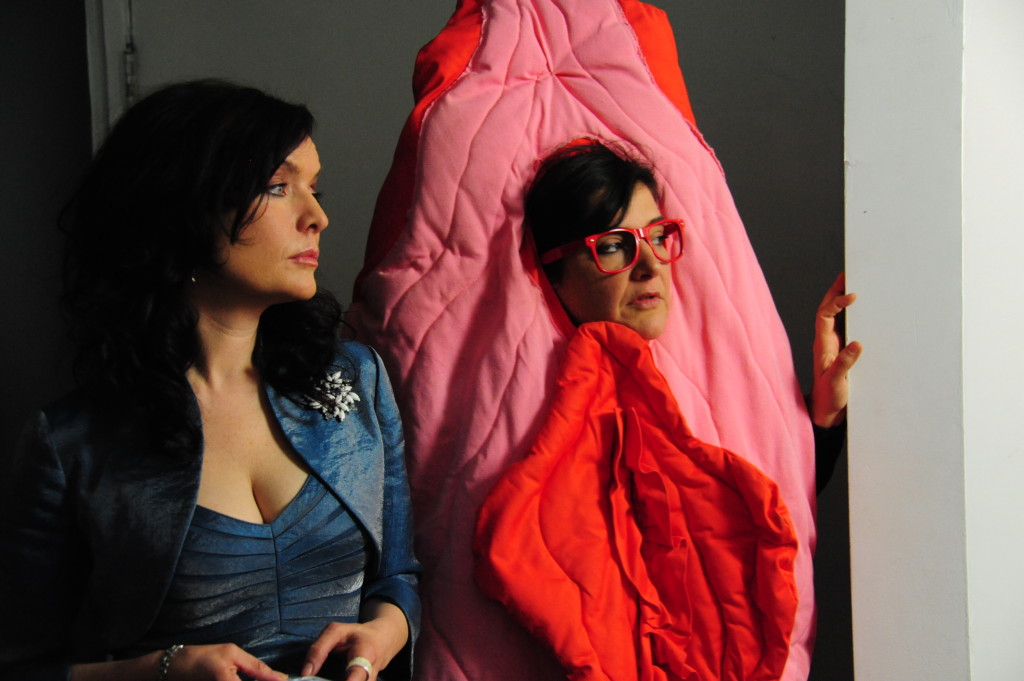
2. Who’s Afraid of Vagina Wolf?, dir: Anna Margarita Albelo, US
Films about moviemaking are usually really good or really bad. This one is really, really good. It is about the production of a highly original, all lesbian, “post-feminist,” touching, and incredibly humorous take on the Edward Albee classic — Mike Nichols’s 1966 Burton-Taylor film version, of course, which stretches the boundaries of camp. Albelo herself plays Anna, a filmmaker hosting her own pity party about turning 40 and having no lover or money to show for years of resting on the laurels of having presented a single short in Cannes years before.
A bit frumpy and thick around the middle, Anna is clumsy, neurotic, self-deprecating, paranoid, and unintentionally funny — a Cuban-American lesbian version of Woody Allen. She lives in the garage of a friend, much to the chagrin of the latter, to whom she owes nine months rent. Good at sidestepping boundaries, she will end up taking over the lovely house itself for her film.
She rapidly cranks out a script to showcase a new crush, young, feline Katia (Janina Gavankar). This is the same Anna who had failed to meet a deadline for an important grant, but then desire is a strong motivator. Her closest friends love the story and agree to participate in the seven-day shoot.
The movie hardly centers on Katia. Anna casts her as The Stud, the George Segal role in the Burton-Taylor movie. The Stud’s dumb girlfriend, played by Sandy Dennis in the 1966 film, goes to a pal (Carrie Preston). Anna had assumed she herself would play Martha, but ex-lover Penelope (the sublime Guinevere Turner) proves that she does a better Martha impersonation. Anna ends up as George, the Burton role.
As filming continues, real-life tensions and jealousies among the cast members surface and become incorporated into the film. So the character Martha becomes a savage Penelope; George, a defensive Anna. In the mix is gorgeous cinematographer Julia (Agnes Olech), a quiet, observing presence who has a secret crush on Anna. She ends up looming large in the plot after the film has wrapped.
Albelo is a talented director who knows just where to place the camera for intended effects. In some sequences she deftly uses animation, often comically. It pays off when she reaches what seems like a dead-end to the project. Family is of utmost importance in Cuban and Cuban-American culture, so it’s not surprising that a close relative arrives to pick up the pieces.
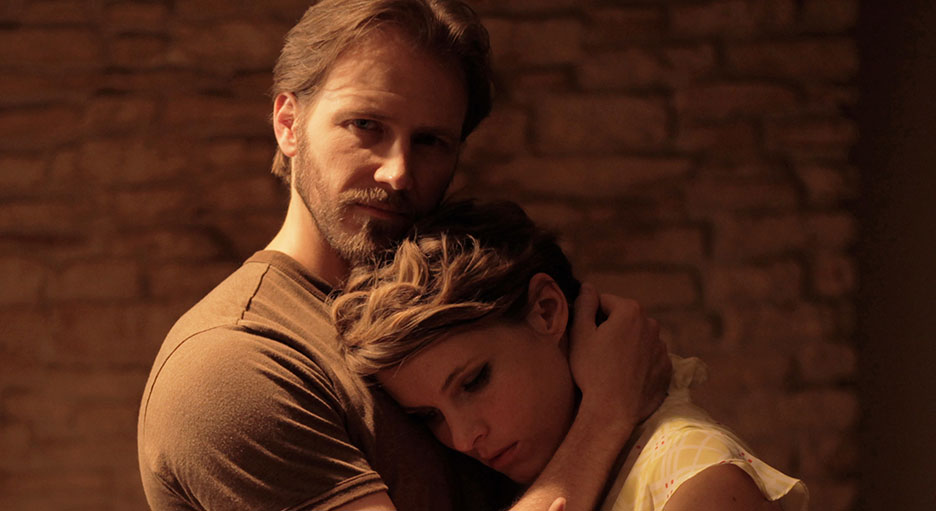
3. Pit Stop, dir: Yen Tan, US
A small Texas town is the setting for Tan’s parallel stories of two gay men approaching middle age who do not cross paths until the last quarter of this striking film. He builds up similarities in their romantic and emotional lives until the serendipitous encounter. The structure is so tight that their meeting feels predestined.
The lead actors are perfect for their parts. Gabe (Bill Heck) is a contractor still sharing a home but not a bed with his ex-wife, Shannon (filmmaker/actor Amy Seimetz), for the benefit of their six-year-old daughter. He is trying to get over a shattering relationship he had with a married man. One long sequence begins at the family’s dinner table and, after the ex rebuffs him on the phone, ends with this masculine man crying on his bedroom floor.
Tan intercuts Gabe’s crisis with that of Ernesto (Marcus DeAnda), a forklift operator. He and his younger lover, Luis (Alfredo Maduro), have just broken up: Luis needs to sow his wild oats. The two discuss matters at the kitchen table of Ernesto’s home, which we quickly realize is in a poorer neighborhood than Gabe’s. After Luis runs out to play in the night, Ernesto lies alone, brooding.
The cross-editing continues. Then Tan begins to focus on Shannon as well. Her date with a manager from the hardware store that employs her becomes a sore point for Gabe, who nearly spoils their evening. All three principals appear in their work milieu; these scenes convey a lot about them.
The style never becomes monotonous. The film had begun with a very long traveling shot through this dying town. Occasionally, Tan inserts still views of old buildings and streets, not too far removed from the feel of the Texas town in The Last Picture Show.
Gabe and Ernesto have access to the internet, of course, so they are able to find hookups. And the larger city of Austin is not too far away. Tan shows Gabe and Ernesto’s initial meeting only indirectly: We don’t see Gabe, but we see his car drive up; Ernesto stands silently. What was supposed to be a one-night stand becomes something more. They go out again — and again. Their tenderness with each other indicates a possible right match, and their emergence from the agony of loneliness.
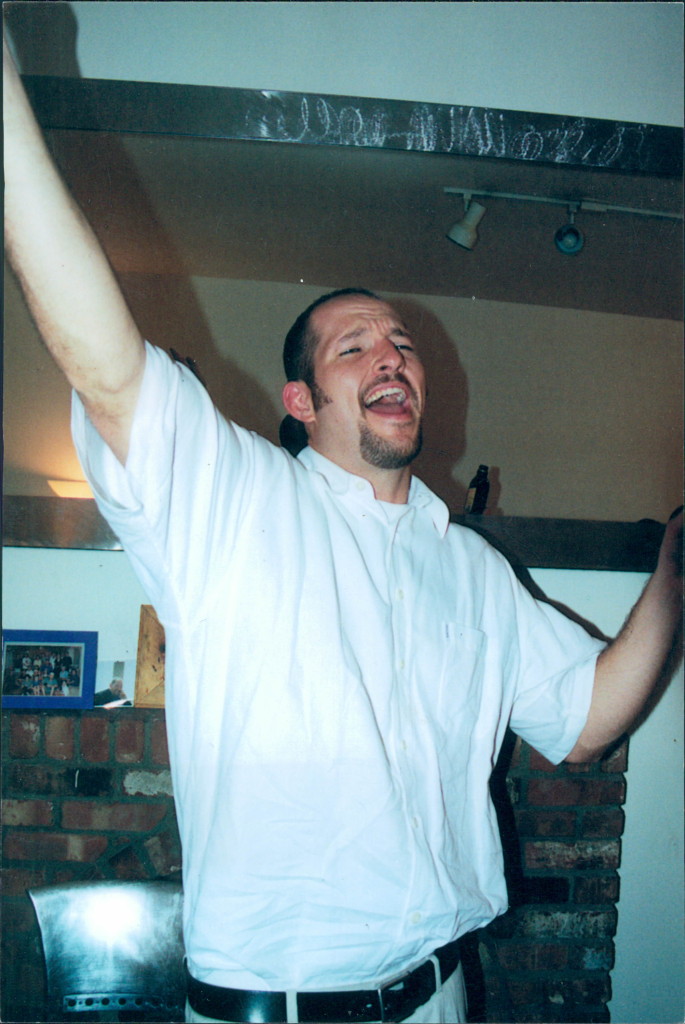
Photo: Mark Bingham Documentary LLC
4. The Rugby Player, dir: Scott Gracheff, US
Mark Bingham was bigger than life, a guy who made everyone in a crowd feel special. Had he not participated in the assault on hijackers in the cockpit of United 93 on September 11, 2001 — the plane’s black box and Bingham’s responsiveness to a cell phone call from his mom urging him to fight back point to his role — the California native would still be recognized in many quarters for his accomplishments and high-voltage personality. Fortunately for Gracheff, Bingham had been shooting video of his own life for 15 years prior to his death. The director weaves the home footage around interviews: old friends, ex-lovers, athletic coaches, and, most significantly, his mother, the vivacious Alice Hoagland. You understand where Bingham got his personality.
Friends recall that, in spite of his extra large size, he didn’t cut the mustard as a high school football player. He turned to rugby, a more aggressive contact sport that better suited his stature and nature. Success led him to the rugby team at UC Berkeley, and later, the San Francisco Fog. Ironically, this tall fearless jock was, by all accounts, as gentle as a lamb.
But saccharine he was not. Practical jokes during his fraternity days led to multiple arrests and citations. Even after coming out in his early twenties, straight former frat mates remained close friends. But the door had opened to another world. With his first lover, he traveled the globe, learned how to dress, became expert in fine wines. He channeled his charisma into a PR and marketing consultancy that bore his name and earned him the money to enjoy his new bon vivant persona.
Bingham had a special relationship with Hoagland, who was more or less a single mother. A former United flight attendant, she had experienced enough of the world to intelligently understand her son’s evolution. Her one regret, she says, is how unreceptive she was when Mark came out. Now the warm, chatty woman has become a spokesperson for LGBT causes, as well as airplane security issues.
The format is conventional TV doc. That’s just right for a film with the stated goal of a national broadcast. Bingham was more than inspirational: He was plain interesting.

5. Mohammed to Maya, dir: Jeff Roy, US
It is difficult not to draw comparisons between the outer-directed Mark Bingham’s selflessness and the near-total self-absorption we see in 42-year-old Maya Jafer, formerly Mohammed Jafer — even given that the subject of the film is the completion of Jafer’s transformation from man to woman.
Her good friend Roy accompanied her first to Thailand, where she went to finalize the process that had begun in the U.S., and, a few months after surgery, to her native India, where she made a halfhearted attempt to reconnect with her estranged family. He also filmed Maya back home in his adopted L.A. during the three months after the two surgeries (one for penis removal and breast augmentation, the other for cosmetic work on her nose and chin). Perhaps the footage he shot in the hospital, just before and immediately after the operations, is the most jolting. “I love my pussy!” the naked woman shrieks at Roy.
Maya has the air and accent of a privileged, well-educated Indian. Apparently spoiled, she often speaks down to workers, be they nurses or taxi drivers. But she peppers her speech with vulgar idioms, such as the one cited above, to level things out.
We learn with Maya about gender transition. She arrived in Thailand after living two years as a woman, but was not aware of some of the downside of sexual reassignment procedures. She is fairly stoic about the post-surgical pain, but has no idea that she will have to dilate her vagina every day with some liquid inside a large clear test tube. She complains to Roy about the maintenance — in fact, she appears to be a complainer by nature. But when we see her making herself up and proudly wearing female attire, we realize, as does she, that it has all been worthwhile.
Maya is a devout Muslim and speaks about religion frequently. From the on-screen evidence, she does not appear to be conflicted about her gender choice vis-à-vis her faith.
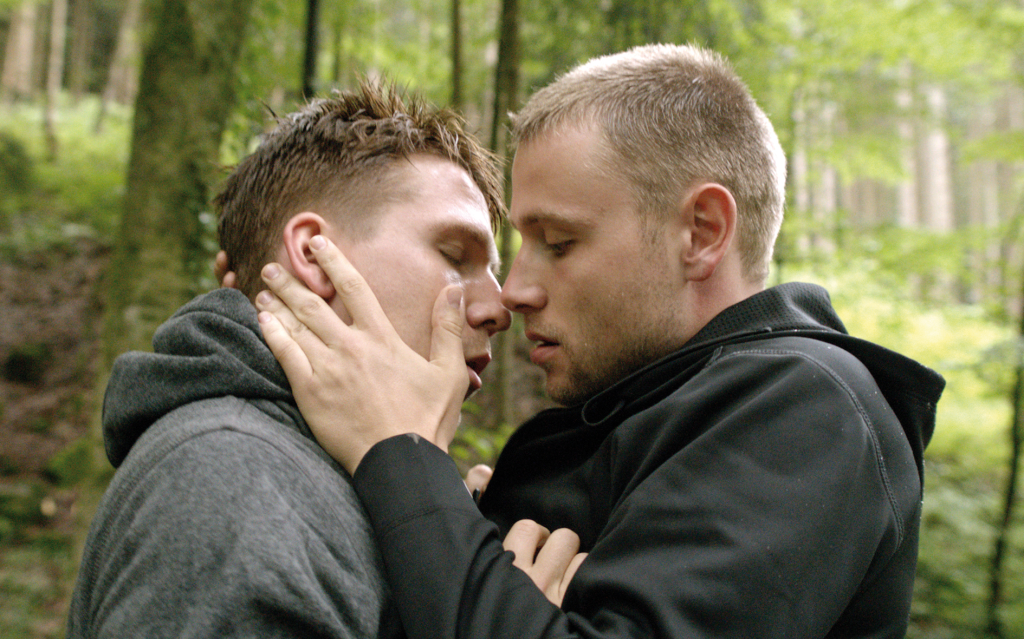
6. Free Fall, dir: Stephan Lacant, Germany
Well crafted and superbly acted, Free Fall proves that a conventional film can satisfy the demanding spectator when all the elements work together harmoniously. Lacant is a highly competent filmmaker who could easily move on to make more unusual narratives if he so chooses.
If the movie were not appearing in an LGBT film festival, it would take some time to realize that it is an up-and-down love story between two cadets training at a German police academy, then being not-so-accidentally assigned to the same station.
Marc (Summer Storm’s Hanno Koffler, he of the pale blue eyes) is masculine and lives a seemingly content life with his expectant girlfriend, Bettina. Kay (Max Riemelt), thinner and more androgynous than the more compact Marc, does not let on to his fellow trainees that he is gay. Marc, with whom he runs regularly on a circular track (an important motif) and along a path in the more intimate forest, is appalled when Kay turns a mouth-to-mouth pot share into a quick peck on the lips.
Kay is besotted. Marc at first rebuffs him, but then Kay begins to get under his skin. Marc’s relationship with his girlfriend deteriorates. Several private jogging sessions later, Kay wins him over, even though force is involved. The two start to meet clandestinely, in Kay’s apartment or in the forest. A growing obsession undermines Marc’s denial. With Bettina constantly questioning his actions, and, finding himself becoming a manipulative liar, he puts a halt to the liaison several times — but keeps returning for more. Kay is true to himself, though at the expense of the closeted Marc. He even tells the latter’s parents, “I love your son.” “This will ruin everything,” Marc’s mother responds — and it does.
Simultaneously the other young men at the police facility become more and more suspicious. After Kay is fingered during an anticipated raid on a gay bar, the secret affair becomes apparent. Increasingly conflicted, Marc begins to fulfill his mom’s worst fears, standing to lose Bettina and their baby. Kay becomes more and more frustrated. Tension grows, but to reveal the outcome would spoil the experience of watching the movie.
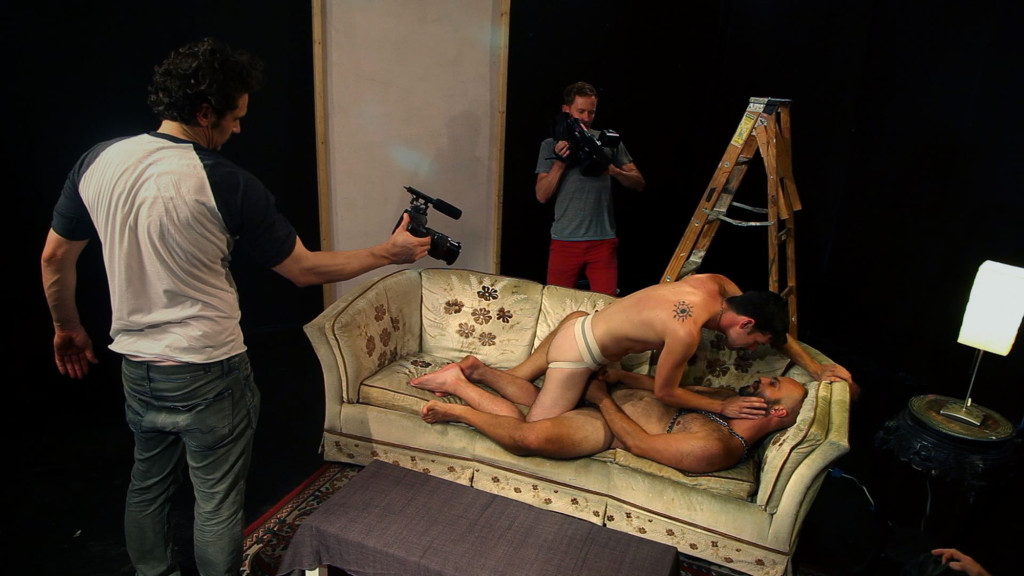
7. Interior. Leather Bar., dirs: James Franco, Travis Mathews, US
Its bizarreness makes this a must-see. Ostensibly a documentary about filming reimagined footage based on outtakes from director William Friedkin’s 1979 Cruising, in which Al Pacino played an undercover cop in the gay leather scene whose inner demons surface, it takes as a point of departure that the 40 minutes were excised to prevent the movie from getting an X rating. They got “lost,” according to Friedkin. Are the presumable contents of that footage controversial enough by today’s standards to justify this exercise?
Well, shooting took only a day and a half, and the actors, mostly straight, worked for free. Most of the film is comprised of interviews with cast and crew members and Franco himself, who babbles on about backing projects that challenge the “hetero-normative” world he grew up in. To echo the plotline of Cruising, Franco’s actor pal Val Lauren portrays…Val Lauren–“the Pacino character.” The deep-rooted and potentially lethal dilemma that brewed inside the mind of Pacino’s cop here becomes Lauren’s uberangst about his participation, bouncing off of Franco and his own wife on his cell.
Two sequences are worth the price of admission. A feverish disco scene that all of the actors have been preparing for is a brilliant synthesis of footage shot from assorted cameras, with an oiled-down Lauren dancing wildly at the center of half-naked hunks under strobe lights. The power of this sequence forces you believe that perhaps his character does have latent traits to deal with, even if this is thin stuff. The other scene that is required viewing is a long take of two leather queens (who turn out to be partners) having explicit oral sex while Franco looks on with a sense of discovery, as if he were observing something novel and outside the norm.
Franco mostly stands around, small video camera in hand, or talks to individual performers. Gay co-director Mathews seems to do all the real work. A copy of Cruising would be appropriate for a time capsule of the wild pre-AIDS era, but Interior. Leather Bar., as freaky as it is, will not stand the test of time.
